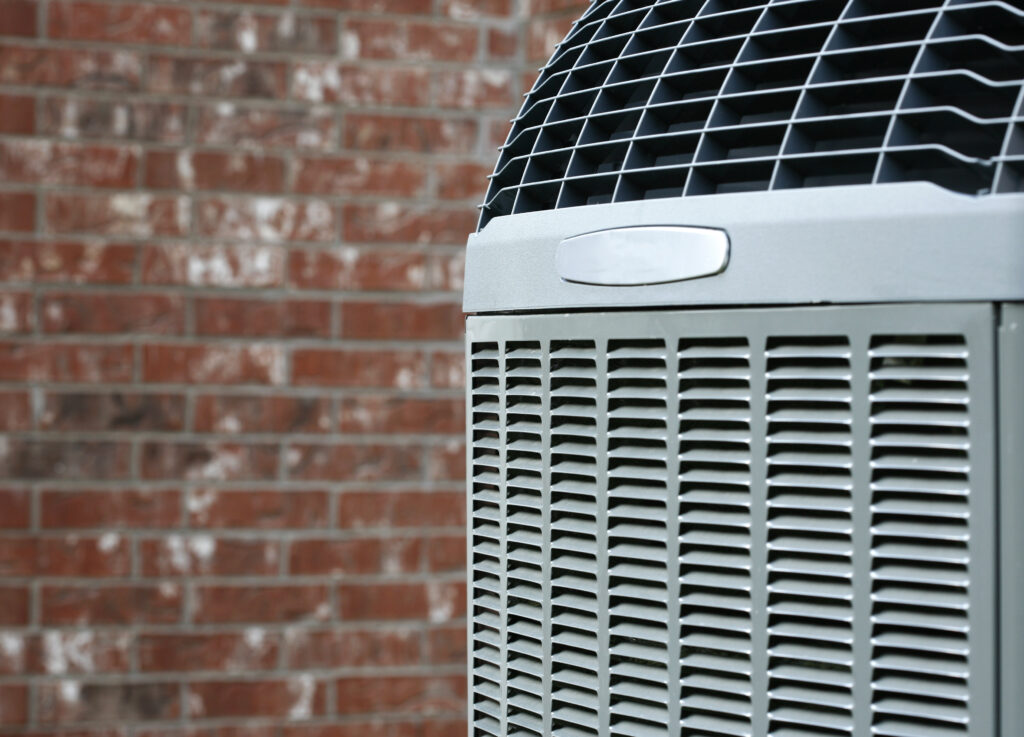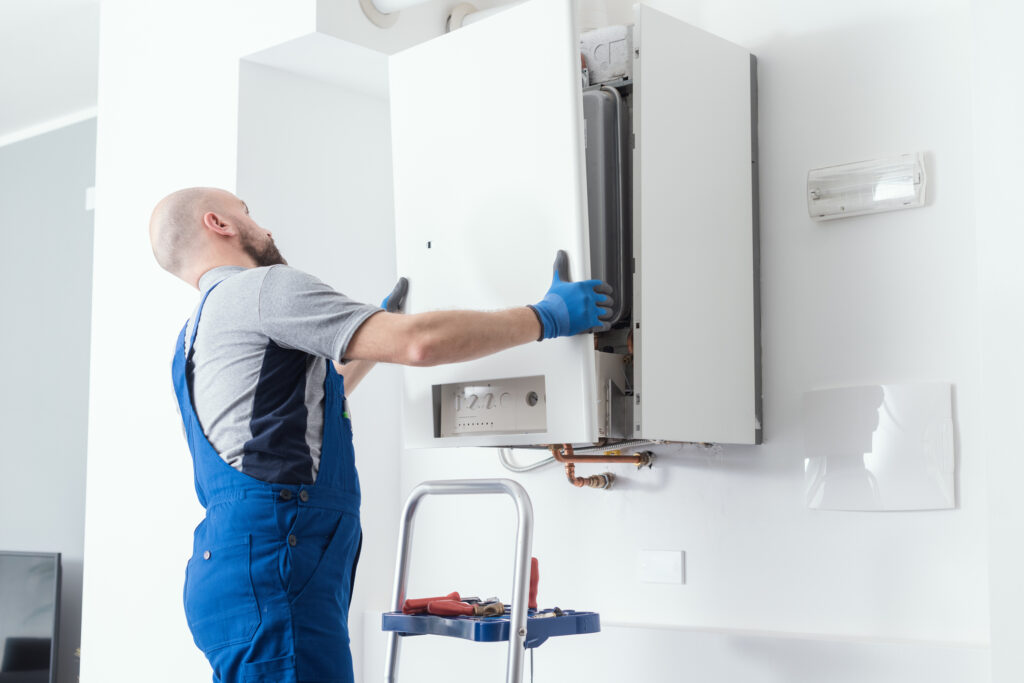Protect Your Family from Carbon Monoxide Poisoning
Carbon monoxide—also known as CO—is a colorless, odor-free gas that lurks in the heating system of every home. It is a natural byproduct of the combustion process, but it is also quite deadly. Modern HVAC systems are designed to evacuate the gas from the home but sometimes this doesn’t work as planned. It is not a small problem either. The Chimney Safety Institute of America reports that around 10,000 cases of carbon monoxide-related “injuries” are diagnosed each year. Keep reading to learn a few things about CO that every Ogden, Utah homeowner should know.
How Is Carbon Monoxide Made?
For gas furnaces, the burning of fuel is the heart of the heating system. Regardless of the material burned, oxygen is combined with the fuel producing heat but in the process it also creates end products like smoke, soot and, of course, carbon monoxide. All of these materials are meant to be kept contained within the furnace cavity until they can be safely evacuated.
What Does Your System Do With the CO?
The duct work inside your home is actually two completely separate systems. The first funnels heated air from the furnace area to the living space. This air never comes in direct contact with the burning fuel. Instead, the air for the living space passes through heat exchangers that are kept hot by the burners. A blower then sends this air through the ducts and into your home. The second duct system exhausts the gases and other combustion byproducts produced in the furnace. Typically, these hot gases naturally and harmlessly rise through the system’s exhaust vent.
Ductwork Problems & CO
With age, duct work, chimneys, and even the furnace itself can become damaged or deteriorated. In either case, leaks can develop where carbon monoxide seeps into the home. The results can be as minor as nausea and dizziness or as severe as recurring headaches and even death. It is not an issue that should be treated lightly by a homeowner.
Be Proactive About Carbon Monoxide
Being proactive is the only way to deal with the threat of carbon monoxide in a home. There are a variety of dependable and highly sensitive CO detectors on the market. Every home in the Ogden, Utah area should have a CO detector. The Consumer Product Safety Commission (CPSC) recommends that a homeowner place their primary CO detector in a main hallway on every level with extra ones used in the bedrooms for extra security.
Secondly, regular inspection of the furnace and the ductwork are necessary to identify current problems and prevent future ones. Specifically, the furnace should be checked for cracks and leaking to ensure that it is burning efficiently—this will lower the amount of carbon monoxide produced in the first place.
For further information on the dangers of carbon monoxide and how you can protect your family from it, call Mountain Air Conditioning & Heating at (801) 773-7171(801) 773-7171!




